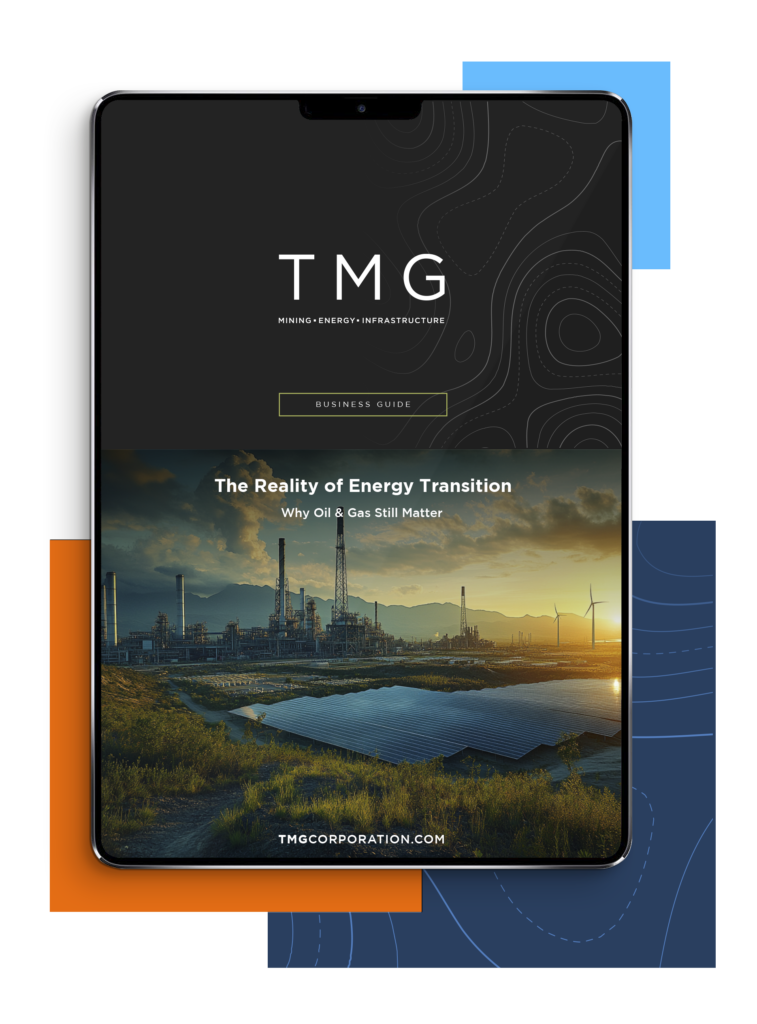Call Us Today: +1 866 205 2414
Change initiatives often begin with bold promises—efficiency, growth, agility, and culture transformation. However, too frequently, once the change is implemented, the conversation shifts from momentum to maintenance. Metrics fade. Leadership attention wanes. And the actual return on investment (ROI) remains unclear.
This is a mistake.
Change is not complete when a system goes live or a reorg is announced. It’s full when the organization performs differently—and better—than it did before. That means measuring behavior, adoption, and performance outcomes with the same discipline applied to scope, budget, and schedule.
If change is worth the disruption, it’s worth proving. And if ROI can’t be demonstrated, credibility suffers—not just for the change, but for future initiatives as well.
The most common measurement trap is assuming that adoption equals success. Training attendance, log-ins, survey completions—these are helpful indicators, but they’re surface-level. They show participation, not performance.
Real change ROI starts with a different question: What has improved? Have process cycles been shortened? Are handoffs cleaner? Is downtime reduced? Have safety incidents dropped? Is customer response time faster? These are the kinds of results change should ultimately drive—and they don’t appear in platform analytics or training logs.
To measure ROI effectively, organizations must move beyond adoption metrics and align change efforts with operational KPIs that truly matter.
Measuring ROI after the fact is always harder. Benchmarks are missing. Context is forgotten. Teams can’t remember what the baseline was. That’s why the most effective change leaders incorporate measurement into the project from the outset. Before rollout begins, they ask:
This structure helps ensure that the correct data is collected at the right time and that change leaders can speak to their impact with confidence when the questions inevitably arise.
To get a complete picture of change ROI, it helps to think in three tiers:
Each tier builds on the one before it. Adoption without behavior change is shallow. Behavior change without performance improvement is insufficient. True ROI lives at the outcome level—but all three must be measured.
Some changes aim to improve culture, increase collaboration, or enhance adaptability. These goals are important—but too often, they’re framed so vaguely that success becomes subjective.
Soft goals still need structure. If the goal is to improve collaboration, define how it will be observed, such as fewer project silos. More cross-functional participation in planning? Shorter decision cycles?
If the goal is culture change, define what behavior should increase or decrease. Use engagement surveys, pulse checks, or behavioral observations—not just anecdote—to track progress.
When soft goals are made concrete, they become measurable and actionable. And when they’re measurable, they become defensible.
Many organizations wait until project close-out or year-end reviews to assess the return on investment (ROI) of changes. By then, it’s too late to adjust. Missed expectations are explained away. Lessons learned are noted but rarely acted on.
Instead, measure continuously. Build dashboards that track change metrics in real time. Use weekly or monthly reports to surface early signs of friction. Review results with the same cadence and seriousness as cost or schedule data. This not only strengthens performance, but it also reinforces that change is being led, not just announced.
Finally, measuring ROI is not just about internal tracking. It’s about storytelling.
Teams who’ve endured the discomfort of change deserve to see the results. When leadership shares impact—reduced rework, faster onboarding, increased customer satisfaction—it builds belief. It validates the effort. And it makes future change easier to lead.
When results aren’t shared, skepticism grows. People remember the disruption, but not the improvement that followed. They start to see change as a cycle of effort without payoff. Clear, credible reporting turns success into momentum.
At TMG, we help clients measure what matters. We design change initiatives with impact metrics in mind, set benchmarks early, and track adoption and performance in parallel.
We don’t believe in vague promises of change. We believe in evidence—evidence that behavior shifted, that performance improved, and that the organization is stronger than it was before the shift began.
If your team is pushing through a major initiative—or struggling to demonstrate its value—let’s build a measurement model that tells the whole story.
Contact a TMG expert and let us help you turn document hygiene into an asset, not a liability.

Head of Projects and Strategy
An accomplished Corporate Professional with extensive expertise in the financial and mining sectors. Susan possesses broad multi-disciplinary and international capability gained from over 30 years in the capital markets and mining industries spanning corporate strategy and development, mine finance, communications, operations and corporate advisory. She is a leader who communicates with direction and confidence, in a trustful and co-operative manner. Susan has developed a solid reputation as a strategic partner who thrives on bringing teams together and creating an environment for all to succeed.